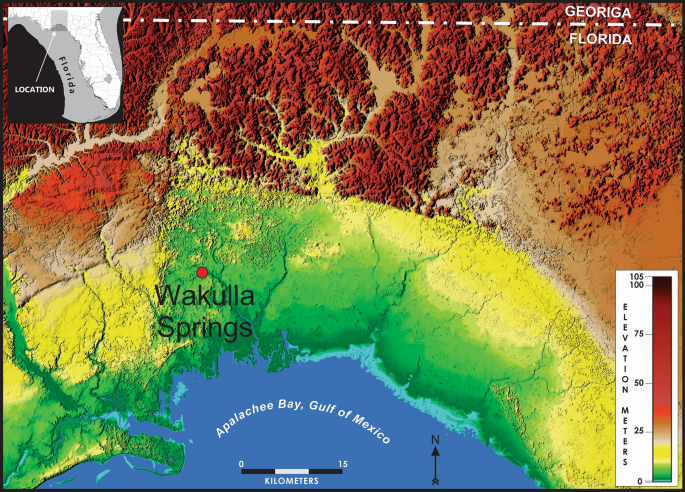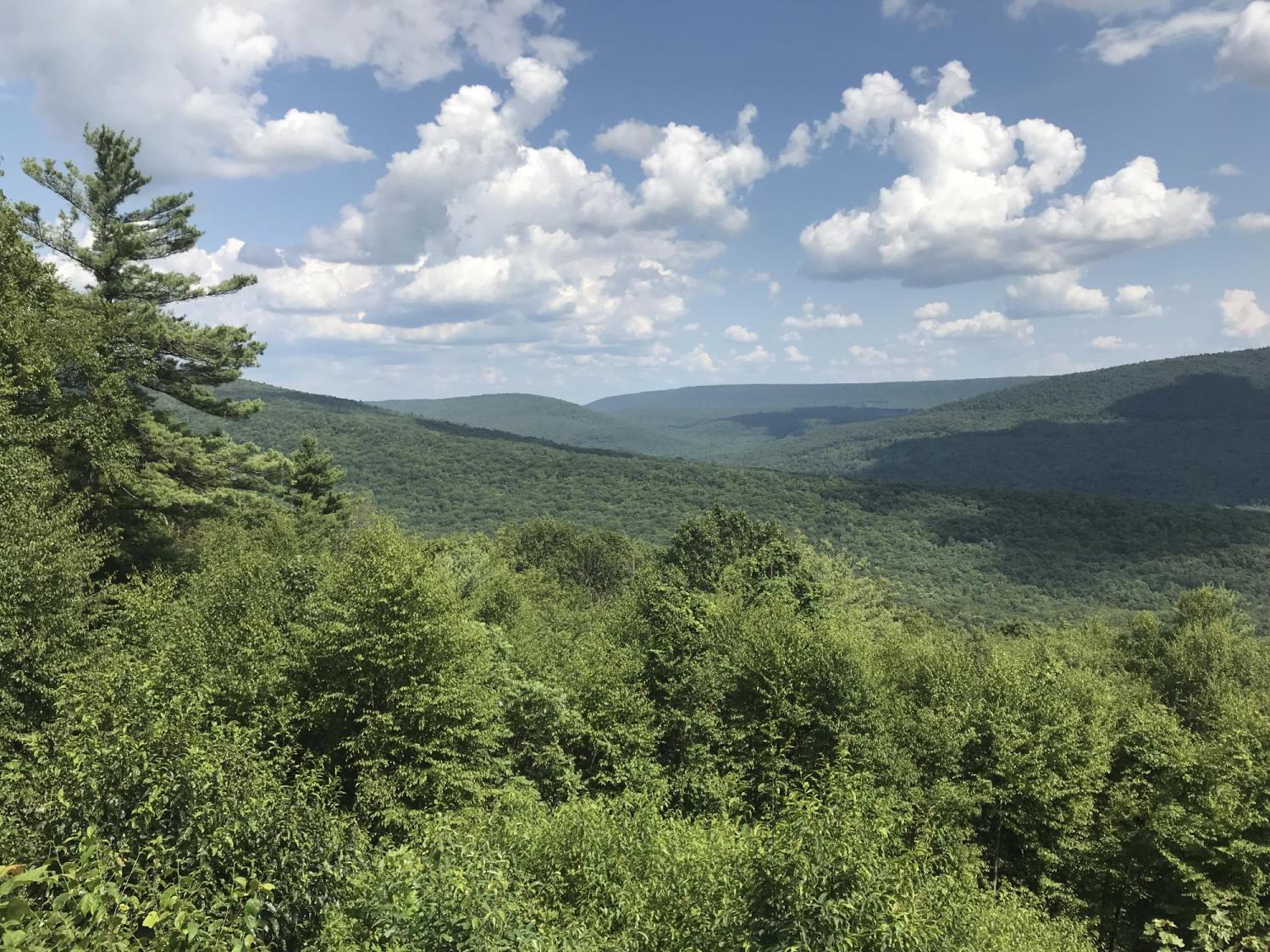2024-01-28 カリフォルニア大学サンタバーバラ校(UCSB)
◆ワクラスプリングス(フロリダ北部)の発掘調査で、発掘場所ごとに特有の石器年代の相互関係を確認するのが難しい土壌の問題を解決するため、研究者らは1.2万8000年前のヤンガー・ドライアス境界層(YDB)の存在を利用しました。この層には高温で形成されたプラチナと鉄微小球が含まれており、これを基準にして石器の年代を正確に見積もることが可能です。
◆これにより、石器をクロービス時代、クロービス以前、クロービス以後に分類し、地域の包括的な古地歴史を構築できるようになりました。
<関連情報>
- https://news.ucsb.edu/2024/021340/how-prehistoric-cosmic-airburst-assisting-archaeologists-today
- https://www.nature.com/articles/s41598-023-50074-8
フロリダ州ワクラ・スプリングスにおける若年乾燥期開始の年代層序学的マーカーとしての白金と微小球のピーク Platinum and microspherule peaks as chronostratigraphic markers for onset of the Younger Dryas at Wakulla Springs, Florida
Christopher R. Moore,Mark J. Brooks,James S. Dunbar,C. Andrew Hemmings,Kurt A. Langworthy,Allen West,Malcolm A. LeCompte,Victor Adedeji,James P. Kennett & James K. Feathers
Scientific Reports Published:20 December 2023
DOI:https://doi.org/10.1038/s41598-023-50074-8

Abstract
Anomalous peak abundances of platinum and Fe-rich microspherules with high-temperature minerals have previously been demonstrated to be a chronostratigraphic marker for the lower Younger Dryas Boundary (YDB) dating to 12.8 ka. This study used Bayesian analyses to test this hypothesis in multiple sequences (units) of sandy, weakly stratified sediments at Wakulla Springs, Florida. Our investigations included platinum geochemistry, granulometry, optically stimulated luminescence (OSL) dating, and culturally dated lithics. In addition, sediments were analyzed using scanning electron microscopy and energy dispersive x-ray spectroscopy to investigate dendritic, iron-rich microspherules previously identified elsewhere in peak abundances at the onset of the Younger Dryas (YD) cool climatic episode. Our work has revealed this abundance peak in platinum and dendritic spherules in five sediment sequences at Wakulla Springs. A YDB age of ~ 12.8 ka for the platinum and spherule chronostratigraphic datum in these Wakulla Springs sequences is consistent with the archaeological data and OSL dating. This study confirms the utility of this YDB datum layer for intersequence correlation and for assessing relative ages of Paleoamerican artifacts, including those of likely Clovis, pre-Clovis, and post-Clovis age and their possible responses to environmental changes known to have occurred during the Younger Dryas cool climatic episode.



